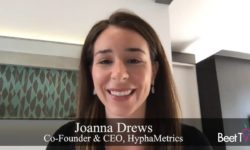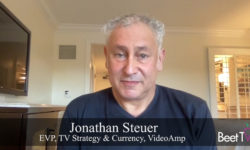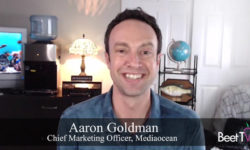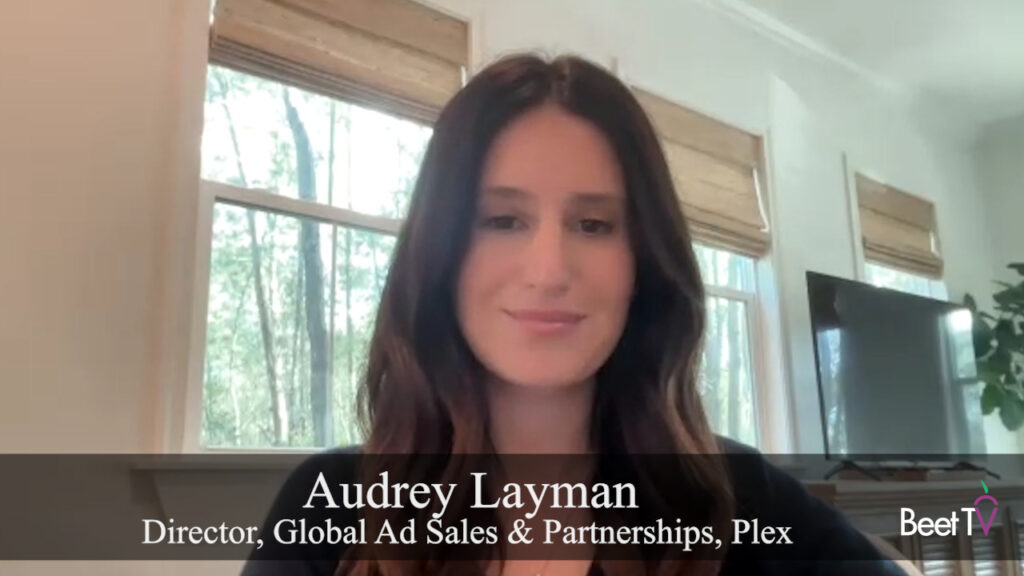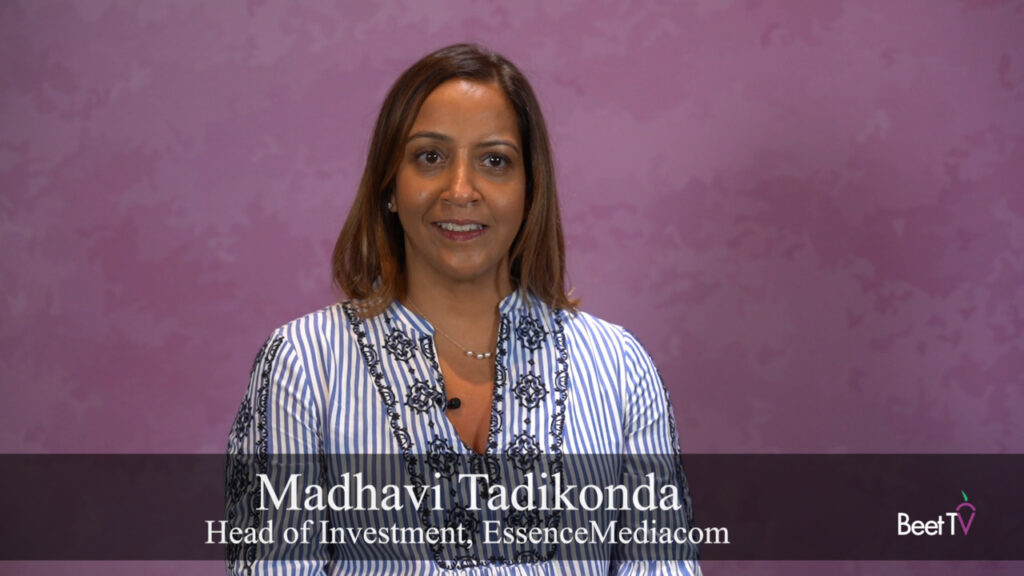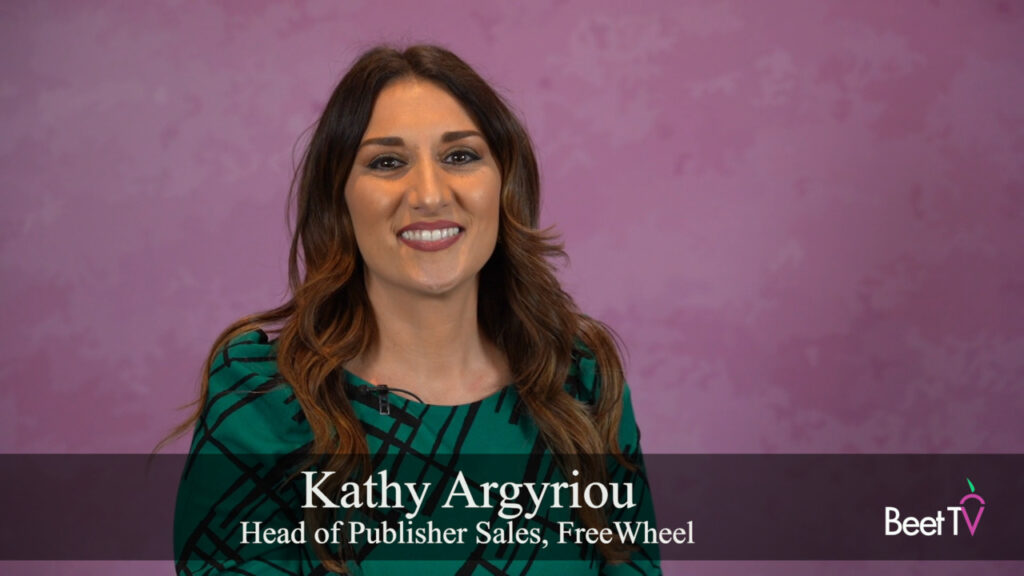LONDON — The early-pandemic kerfuffle during which many advertisers blocked news sites from their ad-buying lists using “brand safety” tools seemed to teach the industry one thing – news is actually very safe, but it isn’t necessarily suitable for every brand.
That’s why more companies in 2020 are starting to talk, instead, about “brand suitability”.
But what is brand suitability, and how can advertisers find it? In this video interview with Beet.TV, Ross Nicol, EMEA VP of sales for ZEFR, explains.
Safety vs suitability
“Where ads might be running, it could be completely safe, but are they suitable for your brand?,” Nicol says.
“Do you want to be aligned with children’s content? Or you could be working with a pharmaceutical brand that wants health and wellness but they don’t want to run with mental health or home remedies, or new age medicine.
So we can work on a brand by brand basis to define what is suitable for them.”
Great article by @larakiara about the problems with Keyword Blocking — it's exposing a larger issue: https://t.co/crjMKqd0qt
— Zefr (@ZEFRinc) April 29, 2020
Uncovering meaning
Figuring out what constitutes “suitable” is becoming the new battleground for advertisers, their tech platforms and publishers alike.
It’s becoming clearer that keyword blocking tools may be too blunt an instrument.
ZEFR’s approach is to peer deeply into the heart of digital videos to describe their inner content to ad-buying platforms. It developed technology that analyzes video content more deeply than surface-level metadata allows, to get more detailed criteria that can inform a targeting decision.
The system uses machine learning plus human review to analyze and meta data to millions of videos. This year, Zefr launched its own Context DMP.
Taming the firehose
“We have an API integration with YouTube, so we’re able to ingest all the videos that come into the platform – around 500 hours of content uploaded every single minute, up to 20 million videos a day,” Nicol adds.
“We run them through a process of understanding what is the context actually about, a series of natural language processing to understand even more, and we look at all the metadata surrounding each individual video.
“And then … we put it onto our monetizable set. From here, now we let brands decide which of these brand-worthy, brand-safe videos they want to use to target in their campaigns.”
All of this is part of the new science of context, the automated, at-scale process of, essentially, describing the characteristics of content.
Platform partnership
In April, YouTube pulled ZEFR into its YouTube Measurement Program, a scheme through which third parties are invited to work with its advertisers.
The company is building out a team in Europe, where it sees an opportunity amid the new regulatory environment since it claims its tool does not depend on audiences’ personal information.
“Context of the content is the best signal for running an advert,” Nicol adds.












